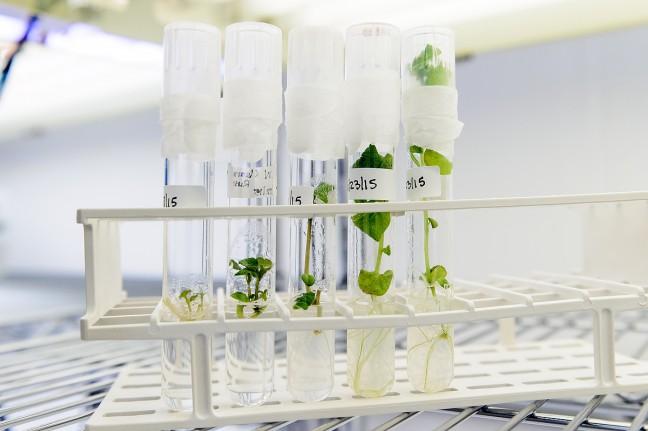Sen. Tammy Baldwin (D-WI) successfully secured more than $211 million March 8 — $1 million of which will go towards improving agricultural research facilities at the University of Wisconsin, according to a press release from Baldwin’s office.
But, this number falls short of Baldwin’s original request of $7 million to improve these facilities.
In an emailed statement to The Badger Herald Baldwin said agricultural research done at UW embodies the Wisconsin Idea, taking cutting edge advancement and delivering solutions to Wisconsin’s farmers, ranchers and growers.
“I was proud to secure federal funding to directly support that mission to help more students learn best practices, more researchers find new breakthroughs, and more Wisconsin farmers confront challenges and grow our rural economies,” Baldwin said.
According to UW College of Agriculture and Life Sciences Associate Dean Heidi Zoerb, this money will help provide upgrades to the research spaces in Madison that are used by the university and researchers from the Agricultural Research Service, a branch of the FDA.
Similarly, one recently approved upgrade is the addition of the Germplasm Research Center, which will provide a space for UW researchers to store seeds for future use, Zoerb said. Former CALS Dean Kate VandenBosch told CALS News in 2022 that Baldwin’s work on the Senate’s Appropriation Committee on Agriculture was important in securing the funding for this project.
“The germplasm building is probably the largest single project and something we’re really very excited about. We are very grateful for the support of Senator Baldwin and Representative Paul in forwarding these kinds of requests and supporting them through the budget process,” Zoerb said.
The USDA will hire an architect to do the design of a building this year and start construction afterwards. The facility is anticipated to be finished within the next five years, Zoerb said.
CALS plans to use the $1 million approved in conjunction with USDA Agricultural Research Service to upgrade other campus research facilities in similar ways to better serve research, Zoreb said.
“We are always looking to diversify the funding streams used to support our research and the federal government has been a great partner for projects both for competitive research projects and these types of community projects,” Zoerb said.


